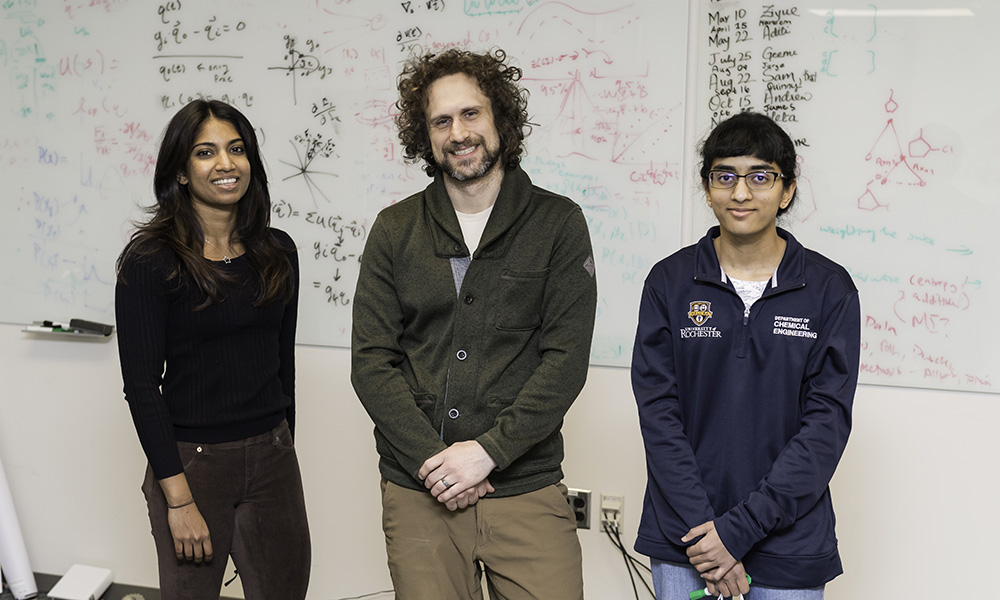
How can we be sure machine learning is accurate?
Rochester researchers have developed a new “counterfactual” method to verify predictions of drug safety.
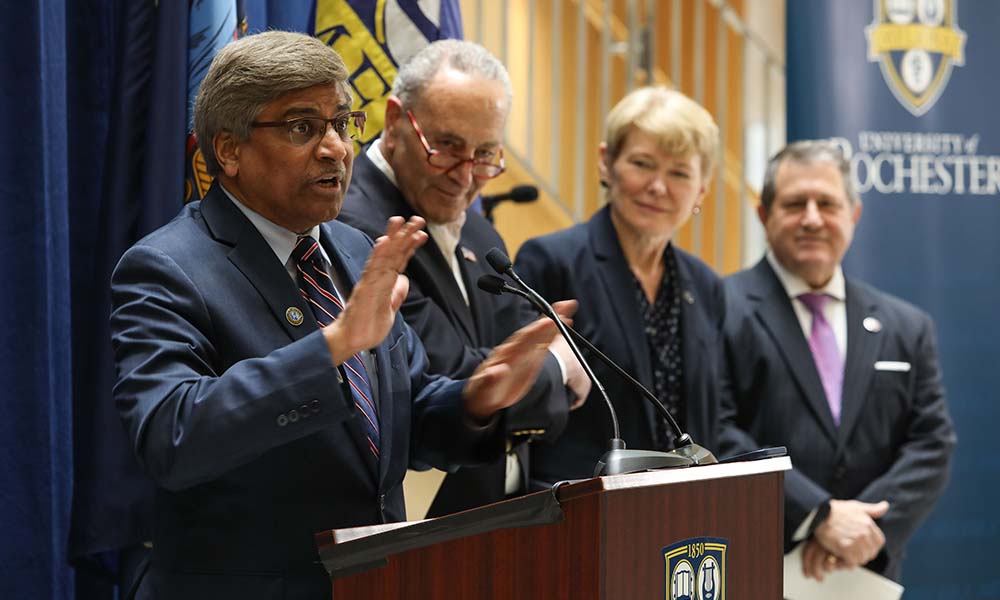
Rochester ‘a crucible of innovation’ says NSF director during campus visit
National Science Foundation director Sethuraman Panchanathan, accompanied by Sen. Charles Schumer and Rep. Joseph Morelle, tours University facilities including the Laboratory for Laser Energetics.
A ‘cautionary tale’ about location tracking
A new study out of the University of Rochester shows that data collected from your acquaintances and even strangers can predict your location.
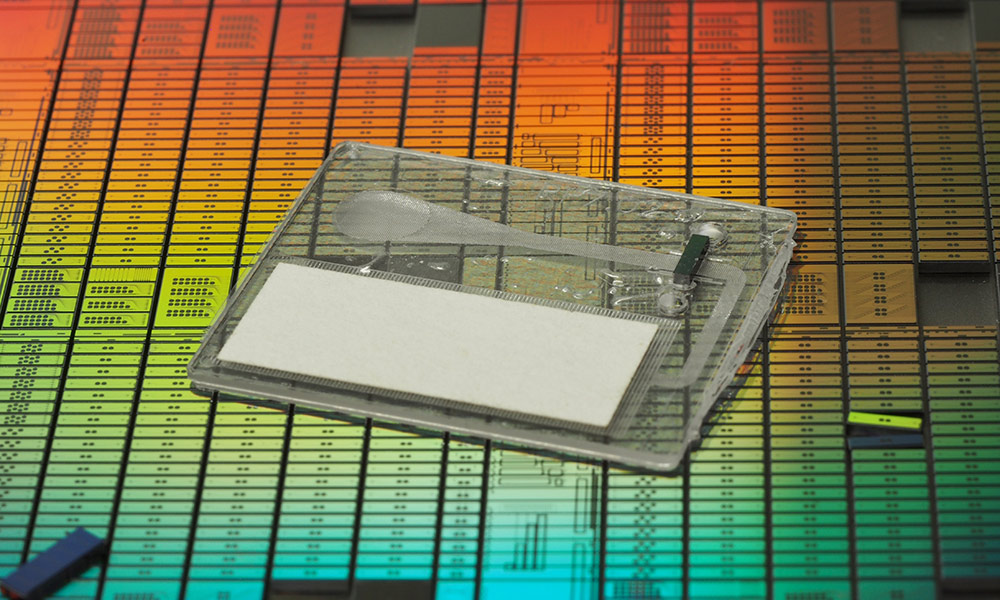
Rochester leads development of novel integrated photonic COVID-19 sensor
The inexpensive, portable device could help safeguard against future pandemics and detect viruses and infections in underserved populations.
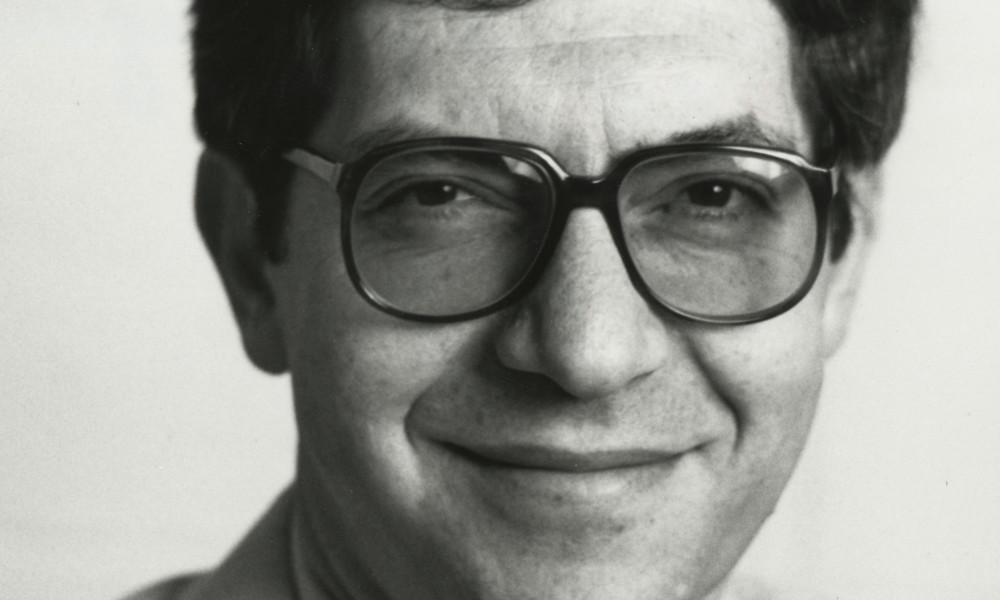
Thomas Ferbel remembered as inspiring mentor and distinguished particle physicist
The long-time Rochester physics professor, who died in March, studied the building blocks of matter and the nature of quarks.

Laboratory for Laser Energetics represented at White House summit on fusion energy
LLE Director Michael Campbell joined national stakeholders to discuss the development and commercialization of fusion as a safe, clean, reliable energy source.
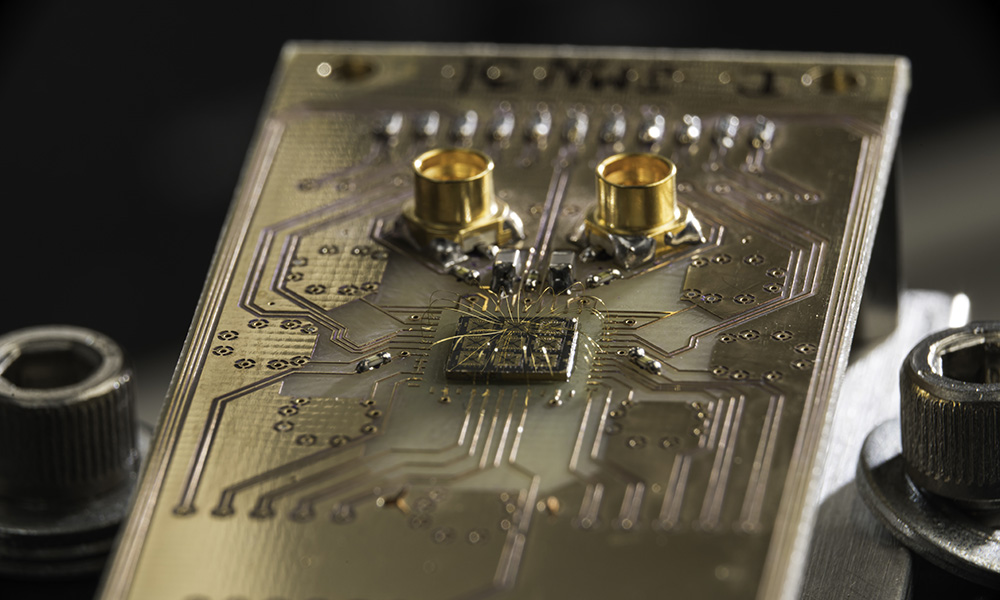
Researchers continue to confront major hurdles in quantum computing
With new insights on the problem of noise in quantum computing, Rochester researchers make major strides in improving the transfer of information in quantum systems.
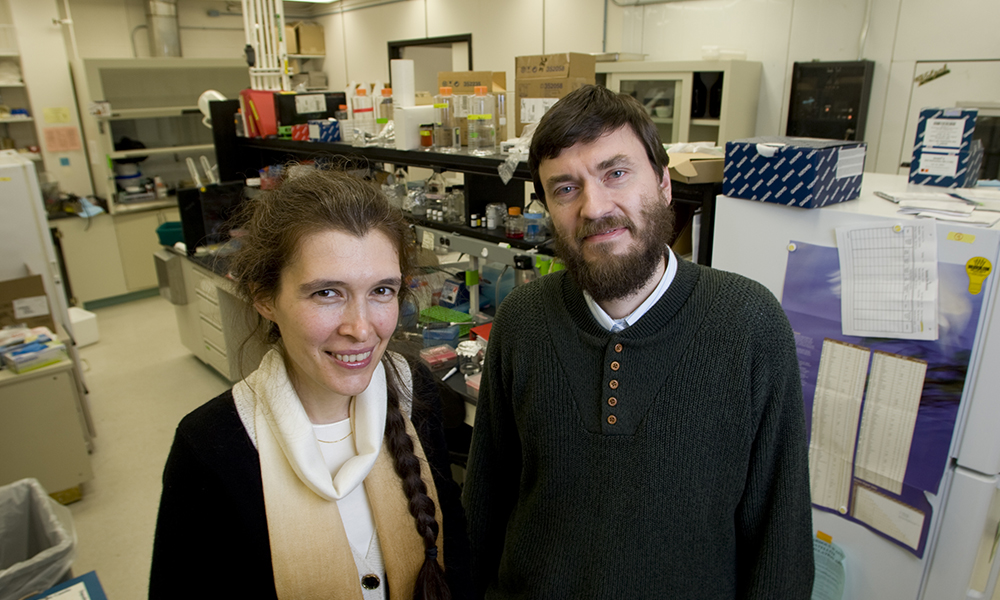
Connecting the dots between aging, Alzheimer’s, and ‘junk DNA’
Biologists Vera Gorbunova and Andrei Seluanov join colleagues at Brown and NYU in the quest to find potential targets of treatments and therapeutics for neurodegenerative diseases.
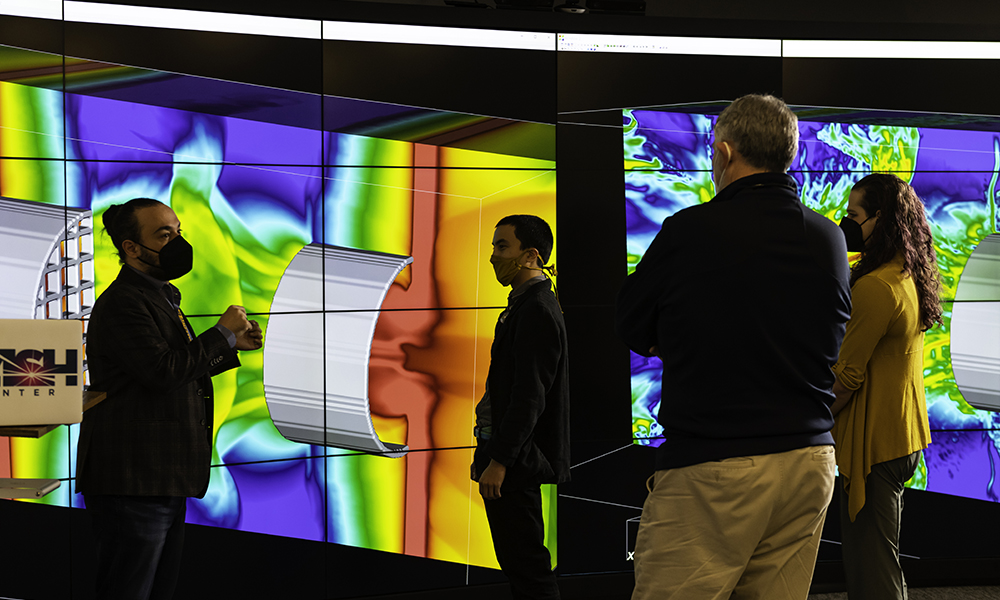
Tracing the evolution of galaxy clusters
Petros Tzeferacos, an associate professor of physics and astronomy and a senior scientist at LLE, and colleagues from Chicago and Oxford have replicated in a laboratory setting conditions that exist within galaxy clusters.
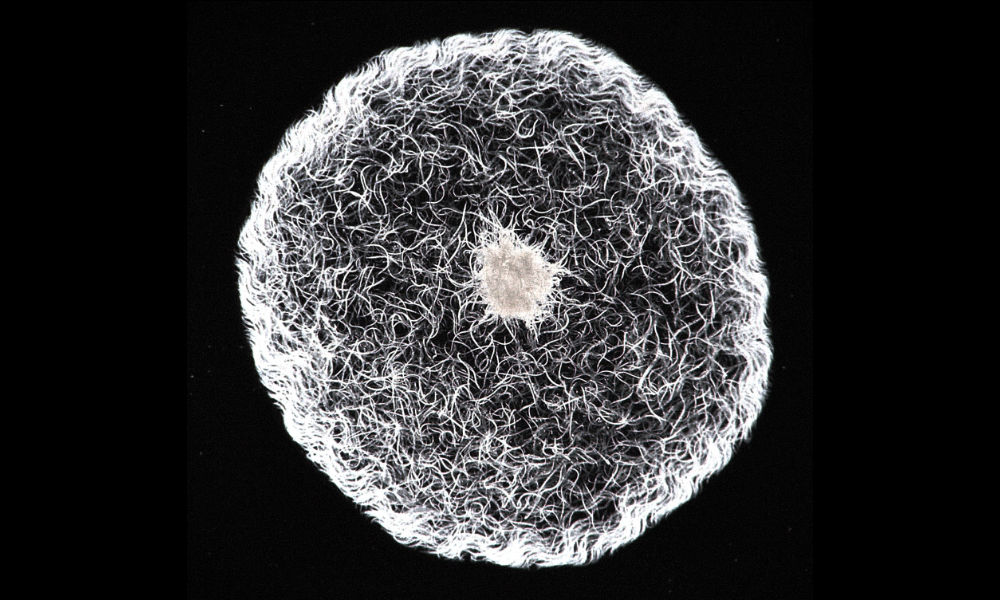
WATCH: Vinegar eels ‘do the wave’
This never-before-seen style of collective motion isn’t the only finding that surprised Rochester researchers about the organisms.
